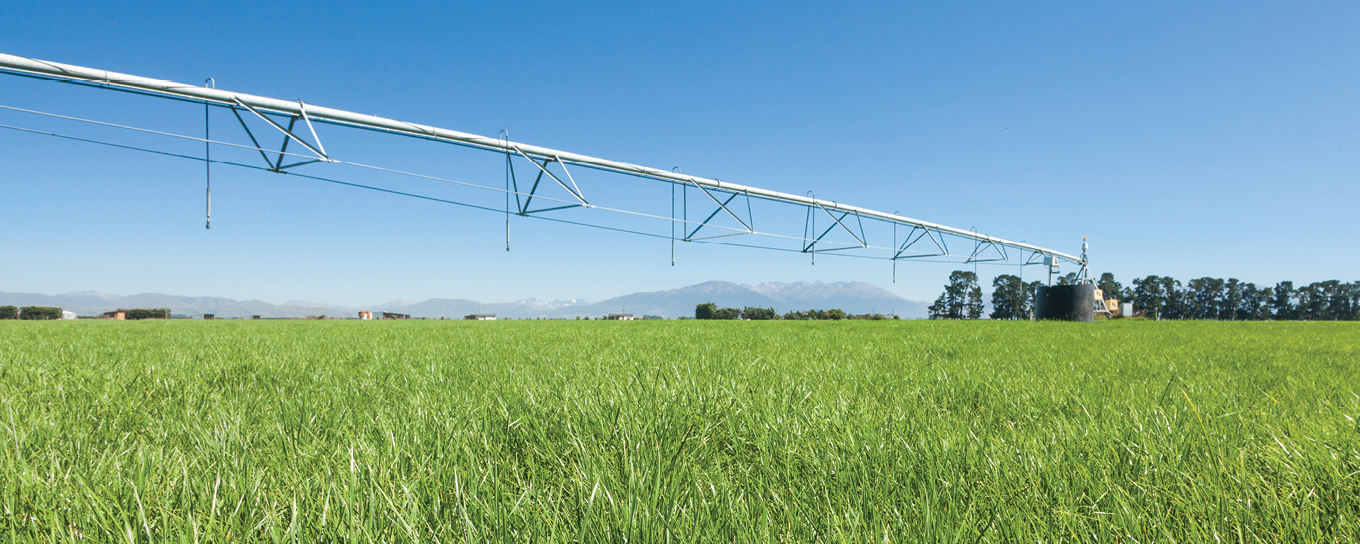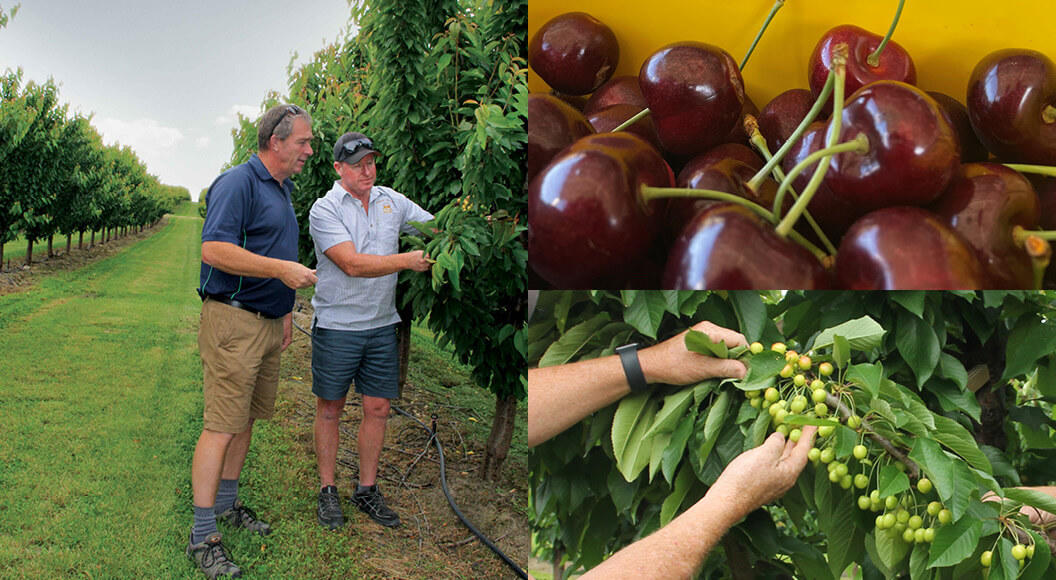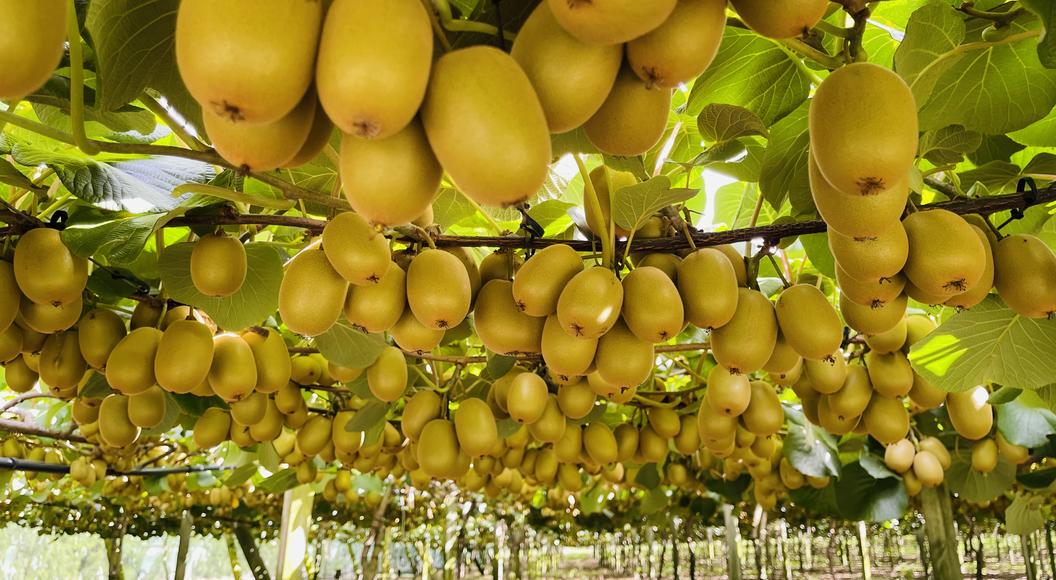Video or image

Establishment of long-lasting perennial pastures
The secret to establishing long lasting pastures is straight forward: don’t cut corners. If you follow some easy steps, your chance of success increases.
- Break the cycle
Avoid going from perennial grass straight to another perennial grass. It is always good to break the cycle, ideally with another species. This gives you a chance to spray out and kill perennial weeds, break insect lifecycles and use different chemistry on the new short term crop. - Get the soil nutrition right
Make use of this time to correct your nutrition status. Grass requires a pH of 5.8 to 6.2, an Olsen P of 20 to 30 and a Potassium of 0.3 to 0.6. Soil test the paddocks and apply maintenance fertiliser, capital fertiliser and lime where needed to aid the successful establishment of your new pasture. - Choose the correct cultivar
There are many perennial ryegrass cultivars to choose from and they all thrive under different circumstances and management systems. Consider your production system by looking at heading dates, soil fertility and type of stock that will be grazing the paddock. - Insect management
The other factor related to cultivar choice is managing insect pressure by selecting the appropriate endophyte for the management of those pests. This has an effect on the final cultivar decision, as not all cultivars are available with all types of endophyte. Then, to maximise the success of establishment, use a seed coating that contains an insecticide. - Take time with the seedbed
Grass and clover are small seed plants with little energy, so a fine firm seedbed should be created to maximise seed and soil contact. Don’t sow when the soil is either too dry or too wet. Rolling both before and after sowing is important and helps firm the soil, which maximises moisture retention and presses in stones and lumps. If you are mixing clover seed with the grass, remember they each require to be planted at different depths for optimum establishment. Grass should be buried below the surface and clover should be placed just below the surface or even on the surface and pressed/rolled onto the soil. - Seedbed fertiliser
Unless you are sowing into an extremely fertile paddock, then a seedbed fertiliser should be applied containing at least phosphorus and nitrogen which help with establishment. DAP applied just before or at sowing and incorporated into the soil provides the seedling grass with nutrition to help it establish. - Grazing management
One of the overriding factors affecting the longevity of a pasture (apart from fertiliser and drought) is grazing management. Do not ever over graze the paddock as this can kill ryegrass plants and create gaps for weed species (both grass and broadleaf) to invade and gradually take over the planted species. This also happens with winter pugging, so should be avoided.
If you are planning on sowing perennial pasture this season, contact your local PGG Wrightson Technical Field Representative to set up your pasture for success.


